| Photo |
Description |
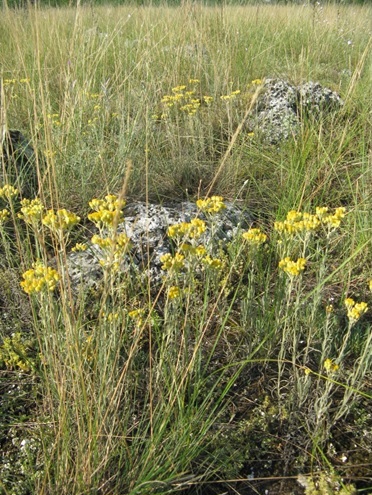 |
Helichrysum arenarium (Sandy everlasting) Sandy everlasting is herbaceous perennial plant belonging to Asteraceae family and it is native to Europe, Central Asia, and China. In Bulgaria, It grows on sandy and coastal habitats up to 500 m above sea level: the Black Sea coast, the Danube Plain (central part), Northeastern Bulgaria and some places in Southeastern Bulgaria.
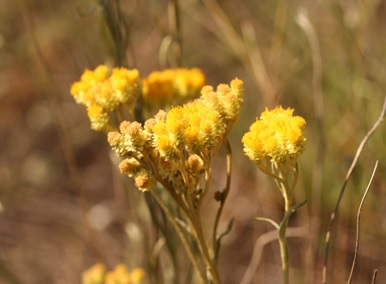 |
Helichrysum arenarium Sandy everlasting is hardy perennial with a deep growing root system. The plant grows 10–30 (50) cm high. It is in flower from June to August with yellow flowers grouped in capitula, and 10–30 (100) capitulas are grouped in false umbels. The species is hermaphrodite (has both male and female organs) and is pollinated by Insects.
|
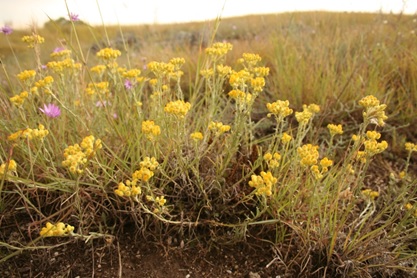 |
Extract of Helichrysum arenarium is used as a choleretic, hepatoprotective and detoxifying
agent, diuretic, as a mild antimicrobial and spasmolytic agent. Helichrysi flos (biological source H. arenarium) is well-known species in traditional medicine.
| |
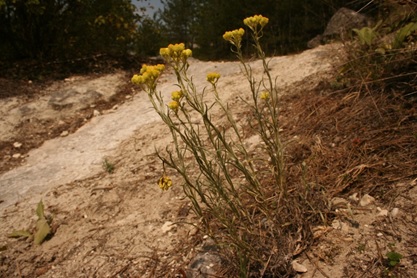 |
The flowers contain antibacterial constituents and bitter substances, which may also promote gastric and pancreatic secretion. It is also indicated for indigestion as well as for loss of appetite..
|
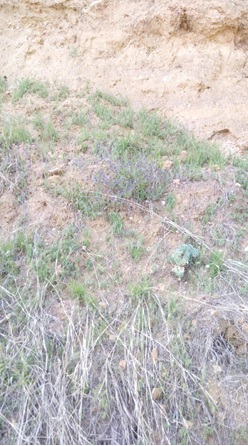 |
Alkanna tinctoria (Alkanet) Alkanets has a wide geographical distribution; in particular, it grows wild in arid maritime areas of southern Europe. In Bulgaria it is found in dry, sunny and grassy places in the plains. Several small localities are known in the plains and foothills of Southern Bulgaria and one locality in the Danube plain. Populations are spatially isolated, fragmented, formed by single plants or groups of several individuals.
The plants are perennial herbs with prostrate bushy stems, blooming between March and May with small (6-7mm) blue flowers. The propagation of the plant occurs naturally from seeds that are included in monospermic achenes.
|
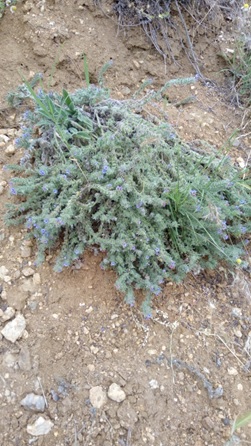 |
Alkanna tinctoria (Alkanet) has been known since ancient times for the presence in its root of the red pigment alkannin, used since antiquity for its therapeutical properties and as a natural dye. It is used in the treatment of a wide range of conditions including jaundice, kidney stones, skin troubles; bruises, wounds, sprains; diarrhoea, ulcers, fractures, abscesses. Combined with the resin of Pistacia atlantica, olive oil and laurel, it is used to treat blood clots in the leg. The boiled root is used to treat fractures, abscesses, rheumatism (oil). It is combined with clarified butter to treat wounds; combined with clarified butter and '‘atrufan' to treat burns and infected wounds. It is used as an antiseptic for skin diseases such as eczema, itching and scabies; combined with Ferula assa-foetida and Nigella sativa to treat wounds. The decoction, combined with clarified butter, is dropped into the eyes to treat problems there. It is used externally in the treatment of varicose veins, indolent ulcers, bed sores and itching rashes.
|
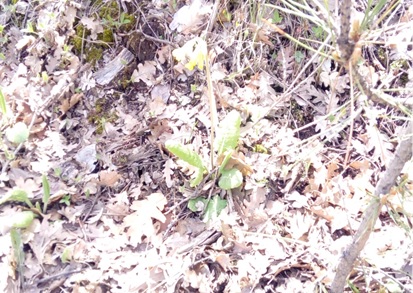 |
Primula veris Primula veris, commonly called cowslip, is a clump-forming, herbaceous (sometimes semi-evergreen) perennial of the primrose family that is noted for its early to mid-spring bloom of showy, nodding, lemon yellow flowers. It is native to temperate areas of Europe and Asia. It has been introduced and has naturalized in eastern North America from Quebec and Ontario south to Michigan, New York and Connecticut. It is a well-known hedgerow plant in Europe. In Bulgaria, Primula veris is distributed mainly in the oak belt in the whole country, but most often the populations of the species are low in volume and small area.
|
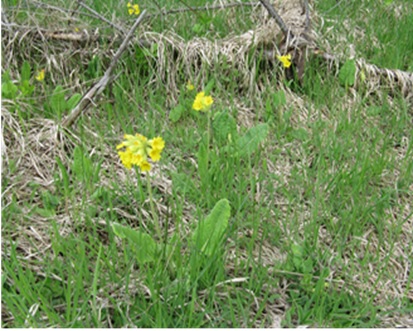 |
Primula veris - crinkled, irregularly-toothed, oval to lance-shaped leaves with soft-hairy undersides form a basal rosette to 4” tall. Naked, upright flowering stems rise in April-May above the foliage to 6-8” tall, each stem being topped by a drooping many-flowered umbel of small, fragrant, funnel-shaped, yellow flowers .
Traditionally cowslip leaves and flowers were used for skin problems. It was also a remedy for depression and has sedative properties. Historically, it was recommended for people suffering from paralysis. Is effective cough and expectorant effect. Used in the official medicine for treating bronchial catarrh, pertussis, asthma, colds and Influenza.
|
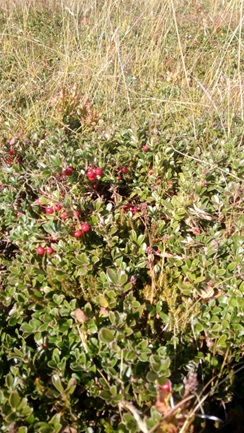 |
Arctostaphilus uva ursi known as common bearberry is a plant species of the genus Arctostaphylos widely distributed across circumboreal regions of the subarctic Northern Hemisphere. In Bulgaria, it is distributed in almost all the mountains, at 1000-2500 m of altitude. Due to the active collection of the plant in the past and the climatic changes, big part of its populations has a reduced area.
|
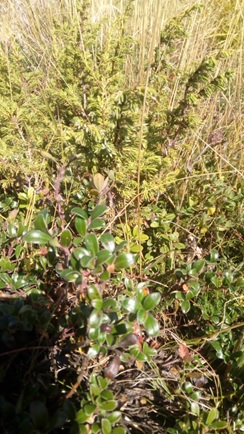 |
Arctostaphilus uva ursi is a small procumbent woody groundcover shrub 5–30 cm (2–12 in) high The leaves are evergreen, remaining green for 1–3 years before falling. The fruit is a red berry. The leaves are shiny, small, and feel thick and stiff. They are alternately arranged on the stems. Undersides of leaves are lighter green than on the tops. New stems can be red if the plant is in full sun, but are green in shadier areas. Older stems are brown. In spring, they have white or pink flowers.
Uva ursi is one of the most commonly used urinary tract disinfectants in modern herbal medicine. Teas and extracts of the leaves have been used in traditional medicine of First Nations people over centuries as urinary tract antiseptics, diuretics, and laxatives. In herbalism, leaf tea is used to treat urinary tract inflammation. The positive effect of Arctostaphylos on various diseases has been known for centuries.
|









